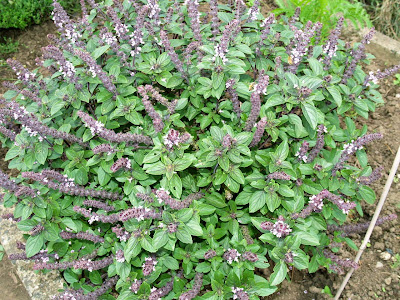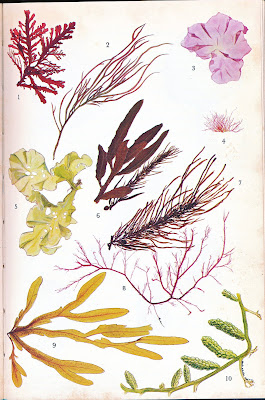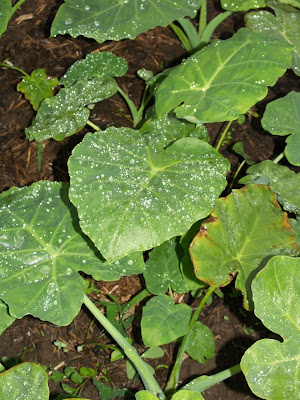 Bittersweet Celastrus scandens
Bittersweet Celastrus scandens
When I got a request for the climber 'Bittersweet' from an expat American living in Thailand, I soon found out after a quick net search that it is one of the worst weeds of North America and it is responsible for displacing and spoiling the habitat of the similar indigenous species Celastrus orbiculatus, which also produces a bright display of berries though not along the stem as in the case of the one above which is from Asia. Weedy climbers are my least favourite plants as they are just so hard to reach and get rid of successfully. One I do battle with on a regular basis is Madeira Vine (Andredera cordifolia) which, I noticed this morning is just coming into flower with its characteristic "lamb's tail" tassel like flowers. This climber deserves a post on its own so I can rant and rave about how horrible it is to deal with. Some others which are also evil are pictured below and I may come back to these again at a later date. A few brief comments for now...
 'Turkey Rhubarb'
Acetosa sagittata
'Turkey Rhubarb'
Acetosa sagittata
Flowering now and ready to shed a million papery seeds which are easily wind blown away, this climber has the added "advantage" of producing tubers or yams underground which break off easily when the plant is removed thus ensuring its regrowth soon after.
 Balloon Vine, left (Cardiospermum grandiflorum) and Moth Plant (Araujia hortorum) competing for space in bushland in a climbing frenzy
Balloon Vine, left (Cardiospermum grandiflorum) and Moth Plant (Araujia hortorum) competing for space in bushland in a climbing frenzy
Balloon vine is so named because of the shape of the casing surrounding the seeds. It can parachute down to earth from trees or drop into a stream and float for miles to a new location. One of the extraordinary images I recall of this climber was in a garden in a prestigious Sydney suburb where the vine had covered and smothered every single tree and shrub in the entire garden with the property owner seemingly oblivious to the environmental damage caused.
As for Moth plant, rarely a day goes by when I am not pulling out a rogue seedling which has taken advantage of a tiny gap in pavement to grow well. Its other common name is 'Cruel plant' as the moths or butterflies which come to pollinate it get their proboscis' trapped in the flowers when feeding. This semi-carnivorous habit is interesting evolution. Do the dead moths fall to the ground after doing their pollination work to provide extra fertilizer for the host? The plant has all bases covered as the large pear like fruit which are produced have a poisonous milky latex and hard outer shell . When ripe they break open to release a million silky threaded seeds which float or blow away easily. More ranting weed hating posts soon.....
 Pear like fruit of the Moth Plant high up in a tree
Pear like fruit of the Moth Plant high up in a tree
 Field Bindweed, Convolvulus arvensis
Field Bindweed, Convolvulus arvensis

































